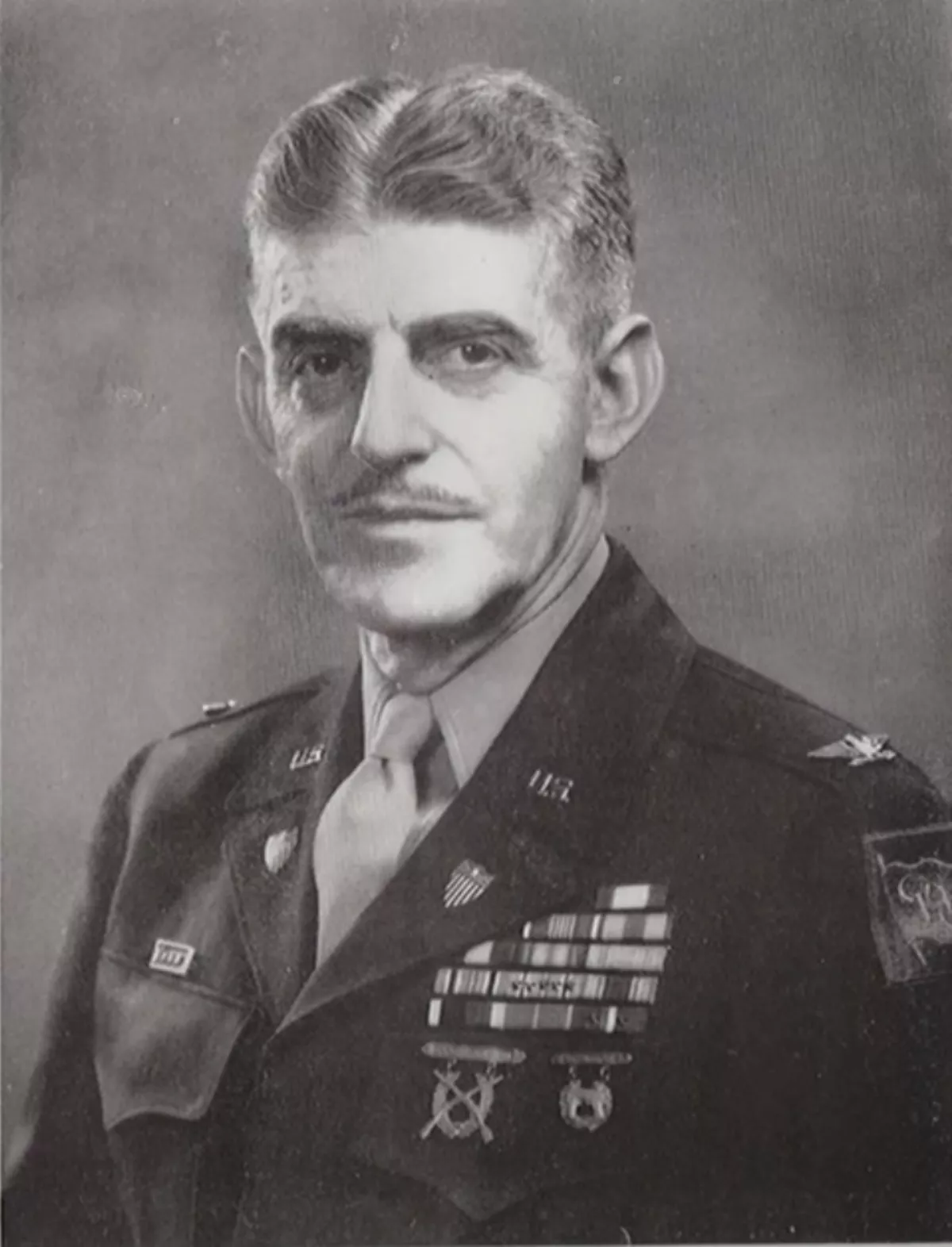 1.
1. Sidney Forrester Mashbir was a senior officer in the United States Army who was primarily involved in military intelligence.

 1.
1. Sidney Forrester Mashbir was a senior officer in the United States Army who was primarily involved in military intelligence.
Sidney Mashbir resigned from the army in 1923 in an attempt to execute his own master plan devised to extract intelligence from Japan in event of a war.
Sidney Mashbir's plan failed as a result of the Great Kanto earthquake in September 1923 and he was left bankrupt; he consequently returned to the US as an engineering businessman.
In 1937, Sidney Mashbir returned to Japan in a second attempt to activate his plan on behalf of the Office of Naval Intelligence; it again failed, and Sidney Mashbir was dis-enrolled from the reserves in 1939.
However, following the attack on Pearl Harbor, Sidney Mashbir was re-enrolled in January 1942 to lead the Allied Translator and Interpreter Section of Southwest Pacific Area, where he quickly rose to the rank of colonel.
Sidney Mashbir later served as the executive officer for the Army Adjutant General's Office before retiring in 1951.
Sidney Mashbir was born in Manhattan, New York, on 12 September 1891, but moved to Safford, Arizona, in 1899.
Sidney Mashbir attended public schools in Safford and Tucson, later studying engineering at the University of Arizona for six months each year until 1911, whilst simultaneously maintaining a career as an engineering draughtsman, primarily for the engineering department of Tucson, and railroad companies.
Sidney Mashbir joined the Arizona National Guard at a young age, and served as the bugler of Company B in 1904.
Sidney Mashbir later became the first lieutenant and adjutant of the University Battalion whilst studying at the University of Arizona.
In early 1916, Sidney Mashbir received his first official intelligence assignment, when he was assigned as the assistant intelligence officer of the Ajo-Yuma district of Arizona as a part of the first Arizona Infantry under General Frederick Funston.
Sidney Mashbir's duties included mapping roads, trails and waterholes in northern Sonora.
Sidney Mashbir was responsible for investigating Japan's physical presence in Mexico at the time.
In late 1916, Sidney Mashbir applied for a commission in the Regular Army and was accepted with General Funston's support despite the army's policy that married men not be accepted.
On 10 September 1917 Sidney Mashbir was detailed as assistant to the department intelligence officer at Governors Island.
Sidney Mashbir enrolled in the Military Intelligence Division G-2 Reserves, where he was promoted to temporary lieutenant colonel.
Sidney Mashbir is credited with investigations as a coast defense intelligence officer at Fort Hamilton, which uncovered the first German spy to be apprehended in the United States, Paul Otto Kuhn.
Sidney Mashbir relocated to Tokyo the following month to begin his four-year tour.
In July 1922, at Zacharias' request, Sidney Mashbir secretly worked day and night to produce a secret plan to gather intelligence that could either be used to maintain peace between the US and Japan, or get information out of Japan in case of war.
In 1923, Sidney Mashbir headed an emergency relief effort to assist the Japanese during the Great Kanto Earthquake.
Consequently, Sidney Mashbir resigned in 1923 to pursue business interests and undercover secret intelligence operations, under the impression that he could be reinstated in the Army when his work was done.
Sidney Mashbir returned to the United States in 1926 under the impression that his military career was over, and sought employment selling refrigerators.
Sidney Mashbir managed to rejoin the Military Intelligence Division G-2 Reserves, but only spent one year in active duty beginning in the summer of 1927 during which time he updated the Order of Battle documentation on Japan.
In 1937, Sidney Mashbir returned to Japan after an 11-year absence in a second attempt to launch the M-Plan on behalf of the Office of Naval Intelligence and his friend, naval attache Zacharias.
Colonel Sidney Mashbir was advised on 25 February 1939 that he was disenrolled from the Military Intelligence Division G2 Reserves for failure to report on the specified day for physical examination.
Sidney Mashbir then joined the forefront of MacArthur's intelligence activities and Japanese surrender negotiations, remaining the commandant of ATIS until December 1945.
Sidney Mashbir was made famous at the time in the motion picture and still photograph of the preliminary surrender negotiations at Manila, as the man who pushed the ink-well, indicating that General Richard K Sutherland should correct the Japanese Instrument of Surrender; and as the man who thumbed the Japanese Lieutenant General Torashiro Kawabe along as he attempted to shake hands.
Sidney Mashbir played a critical role retrieving and translating the Z Plan and in organizing the final surrender of Japan.
Colonel Sidney Mashbir left Japan on 8 December 1945 to serve on the management staff of the adjutant general's office in Washington, later becoming the executive officer.
Sidney Mashbir retired in October 1951, having reached the statutory age of 60.
Sidney Mashbir was recommended to become an Officer of the Order of the British Empire in 1946 by the Australian governor-general, as was presented OBE insignia in 1948.
An exception to this was the Military Intelligence Hall of Fame, of which Sidney Mashbir was inducted in 1988.
Sidney Mashbir attended the University of Arizona and headed their student ROTC program.
At Syracuse University, Colonel Sidney Mashbir served as an instructor teaching military science and launched that university's first Federally Accredited ROTC Program.
Sidney Mashbir died on 13 June 1973 and was buried at Fort Rosecrans National Cemetery, Point Loma, California.
Sidney Mashbir was survived by his third wife, Alice Moore Mashbir, and his two sons, Forrester Mashbir and Don Stuart Mashbir.